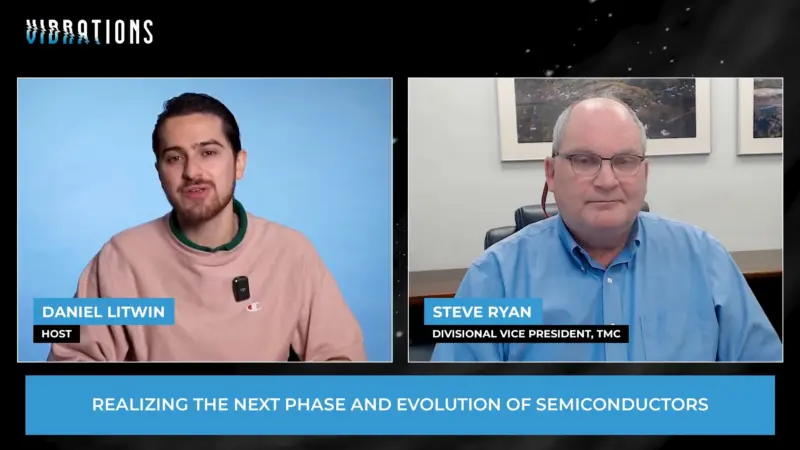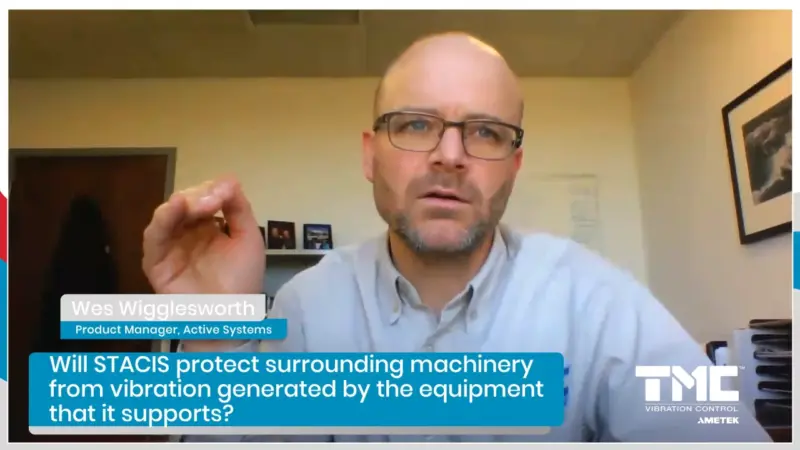TMC’s Customizable Vibration Cancellation Solutions Toolbase Provides Unmatched Support for Heavy-duty, Vibration-Sensitive Instruments
At TMC, we often get inquiries about what exactly a tool base is and when one might require it for their instrument. A tool base, in essence, is vibration cancellation solutions custom-designed to support any vibration-sensitive instrument that wouldn’t typically fit on our traditional platforms.
People involved in high-resolution imaging, semiconductor wafer inspection, or nanolithography are generally familiar with our stasis active vibration cancellation system. This state-of-the-art technology is a significant part of TMC’s vibration cancellation solutions, including the Stasis IX family products.
Taking the Sembase as an example, it’s an active vibration cancellation base for scanning electron microscopes (SEMs), incorporating Stasis technology and offering an unmatched degree of floor vibration attenuation, providing SEMs a stiff, solid, and stable foundation.
So, when does a tool base become crucial? Certain tools, such as transmission electron microscopes, nanoprovers, precision machine and diamond turning tools, automated 3D surface metrology, STEMs, and e-beam lithography, to name a few, are either slightly or significantly larger and heavier than SEMs. These instruments are usually installed on lab floors with vibration levels exceeding their acceptable limits, potentially hindering their performance.
That’s where Toolbase comes in. It’s a Stasis-based solution, tailor-made to support any vibration-sensitive instrument (weighing under two and a half tons) on a lab floor, providing robust vibration cancellation.
For larger tools or installations on raised floors, we recommend discussing Quiet Islands, another category of our solutions designed to minimize vibrations effectively. By integrating Stasis technology, decades of experience, and an adept engineering team, TMC strives to offer vibration control solutions catering to the specific needs of scientific, research, and technology applications.




